A transformed apparel, footwear, and textile industry that has a positive impact on people and planet.
We identify, fund and scale proven quality solutions to accelerate positive impact in the industry.

The Apparel Impact Institute is a not-for-profit registered in the state of California (501c3), founded in 2017 by four industry leaders: the Sustainable Apparel Coalition (SAC), the Sustainable Trade Initiative (IDH), Natural Resource Defense Council (NRDC) and Target Corporation. The organization emerged organically as a result of a real need that apparel brands and retailers self-identified.

Our immediate priority is carbon reduction to work towards a zero-carbon fashion industry. The following secondary impact areas result from this work.
To achieve our primary impact area, we identified our focus areas. Intensive research conducted and published by WRI and Aii in the report Roadmap to Net Zero, concluded that six interventions would help the sector deliver the reductions needed for a 1.5C pathway: [source]
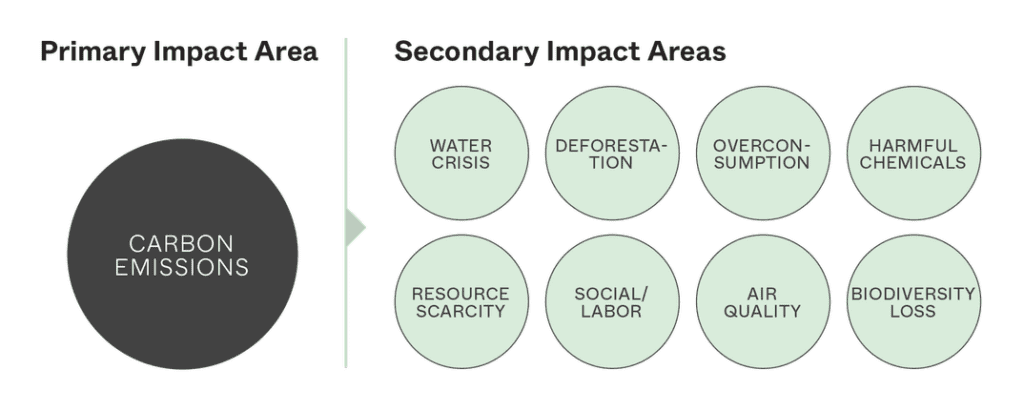
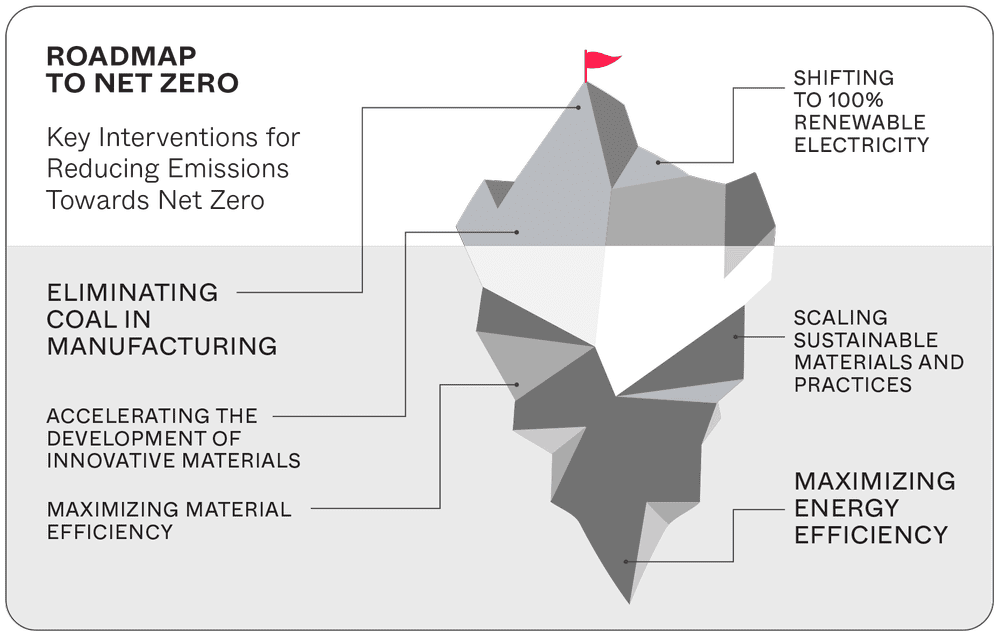
Beyond the six interventions, the paper also identified the potential benefits of circular business models and practices.
All seven areas are critical to decarbonizing the supply chain.
Aii currently focuses on five out of the seven areas, and will integrate the others in upcoming years.
As shown in the previous figure, material production is the biggest hotspot of emissions (52% of total) followed by raw material extraction (24% of total). Therefore, Aii’s programs currently focus mainly on material production.
Aii has focused its work around driving impact through its programming, including its inaugural Clean by Design Energy & Water Efficiency Program, the launch of Fashion Climate Fund, and designing the governance structure and intake process for the Climate Solutions Portfolio.
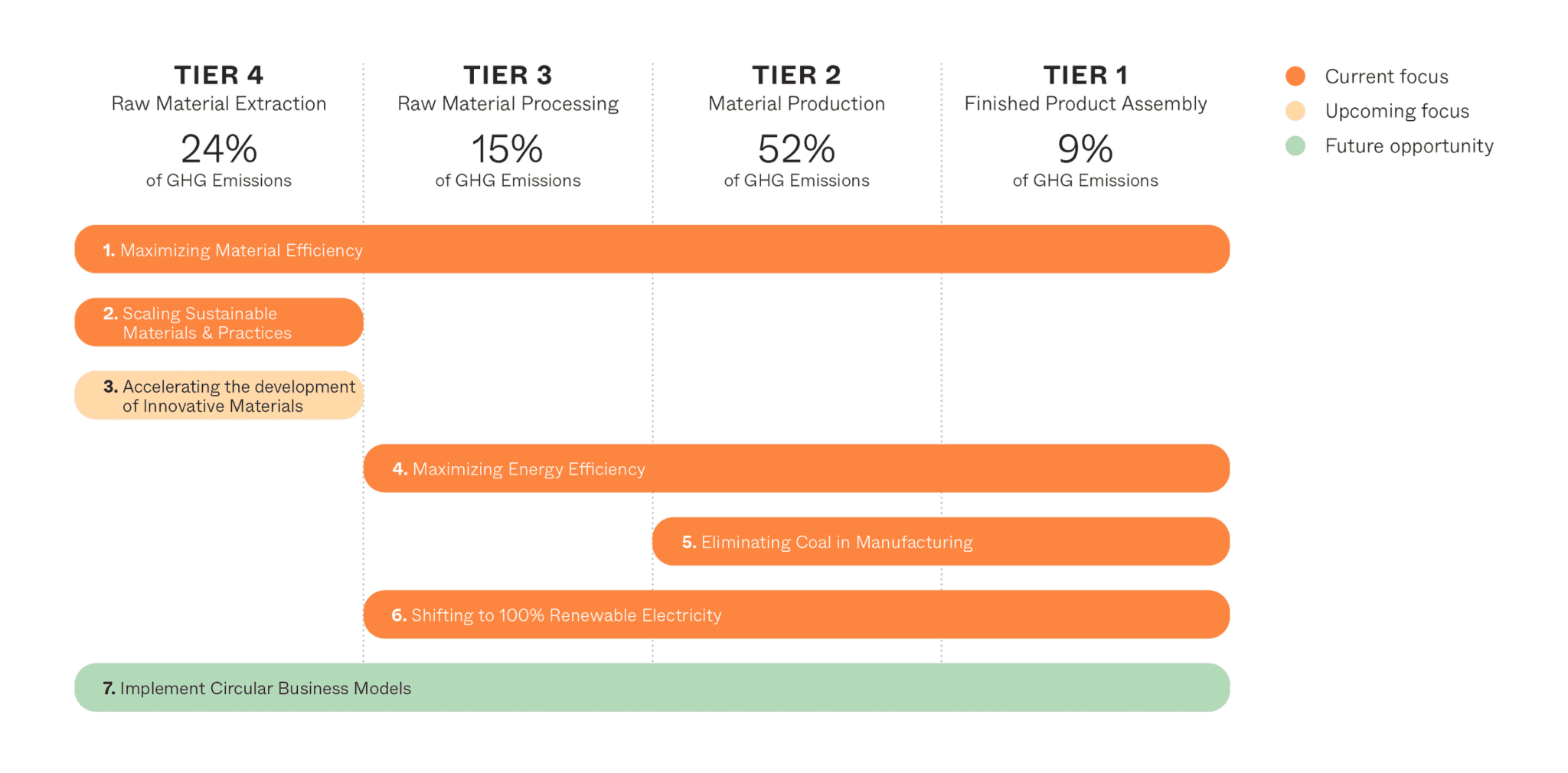
Aii provides access to, implementation and tracking of programs that result in positive environmental impacts in the production of apparel and footwear products. Aii programs look at climate through a holistic lens, including impacts on water, air, land, biodiversity, and chemical use with a focus on reducing carbon.
With climate action becoming an integral part of most brands’ sustainability strategies, facilities have shifted to strategically work towards factory decarbonization.
This has led to a significant demand for Aii’s Carbon Target Setting Solution, which helps facilities to set 2025 and 2030 carbon reduction targets, develop a prioritized CO2e reduction action plan utilizing Aii’s Carbon Toolkit, and build the necessary capacity to continuously update the action plan and monitor progress against targets. Sixty-five factories in 9 regions set their carbon reduction targets in 2022.
While target setting is a great entry point to carbon reduction, it is neither the only entry point nor the end of this important workstream.
We must recognize that some of the seven interventions, like the elimination of coal, gain significantly more public attraction than others.
It is correct that shifting from coal to lower-carbon alternatives for thermal energy and moving to 100 percent renewable electricity are vital to decarbonizing the apparel sector. A 50 percent shift to renewable energy in global supply chains’ spinning, textile formation, and finished goods assembly facilities would reduce emissions by an estimated 213 Mt CO2e. [source]
However, the maximization of energy efficiency also has a high potential to reduce emissions (estimated at 64 Mt CO2e) [source], requires relatively low investment, and offers a quick payback period of only 1-2 years. At the same time, with rising energy prices, it can bring almost immediate economic savings. Production processes with high energy use benefit the most, such as wet-processing.
If we want to achieve our 45% reduction target by 2030, it is therefore important to understand that only the combination of interventions, including the reduction of energy consumption, can lead factories to decarbonize.
Aii’s inaugural Clean by Design Energy & Water Efficiency program has proven an effective and scalable solution in the “energy efficiency intervention” with an average of 8.27% energy and 8.24% GHG emission savings for wet-processing units since 2018.


In 2022, Aii proudly launched the $250M Fashion Climate Fund with lead funders lululemon, H&M Group, the PVH Foundation, Target, H&M Foundation, and The Schmidt Family Foundation.
Pioneering a collaborative funding model between philanthropy and corporate entities, the Fund is designed to unlock an estimated $2B in blended capital in additional asset classes to help meet the industry’s ambition to halve carbon emissions by 2030. By activating a blended capital solution between industry and philanthropy, we can do more than we ever have, faster than we ever have.
The Fashion Climate Fund will aggregate funding to apply toward identifying and rapidly scaling proven CO2 emissions interventions inside a shared global supply chain. Aligning philanthropic and government grant makers alongside industry funding and blended capital with a shared and agreed upon suite of solutions will allow us to reach the ambitious timeline set by the science-based targets. We see the greatest need to apply philanthropic and industry funds to early and mid-stage projects where catalytic funding can derisk unproven solutions in order to unlock financial capital to reach scale.
Learn more about the Fashion Climate Fund

The Fashion Climate Fund also supports the development of a digital tool for transparent, standardized impact reporting: the Climate Solutions Portfolio. This will be an online registry to identify, fund and scale impact programs leading to scope 3 emissions reduction in the apparel sector.
Such a registry will create greater transparency for the impact work being financed via the fund by aligning the industry’s disparate programs and providing data assurance based on clearly defined impact criteria.
Targets we are aiming for by 2030:
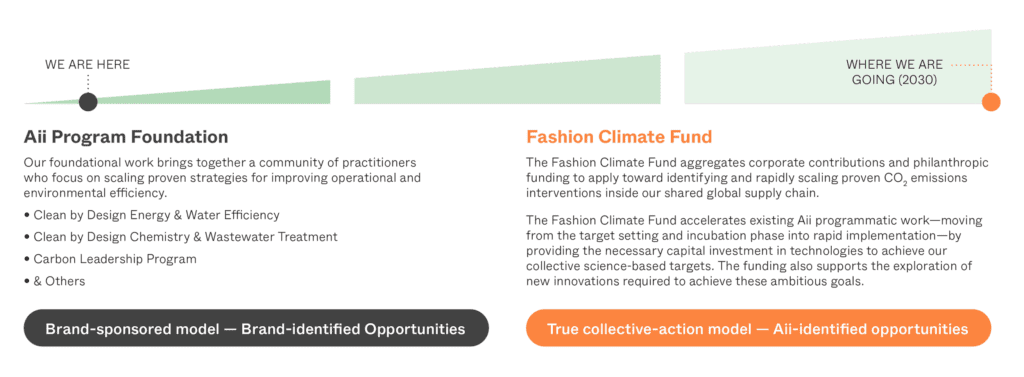
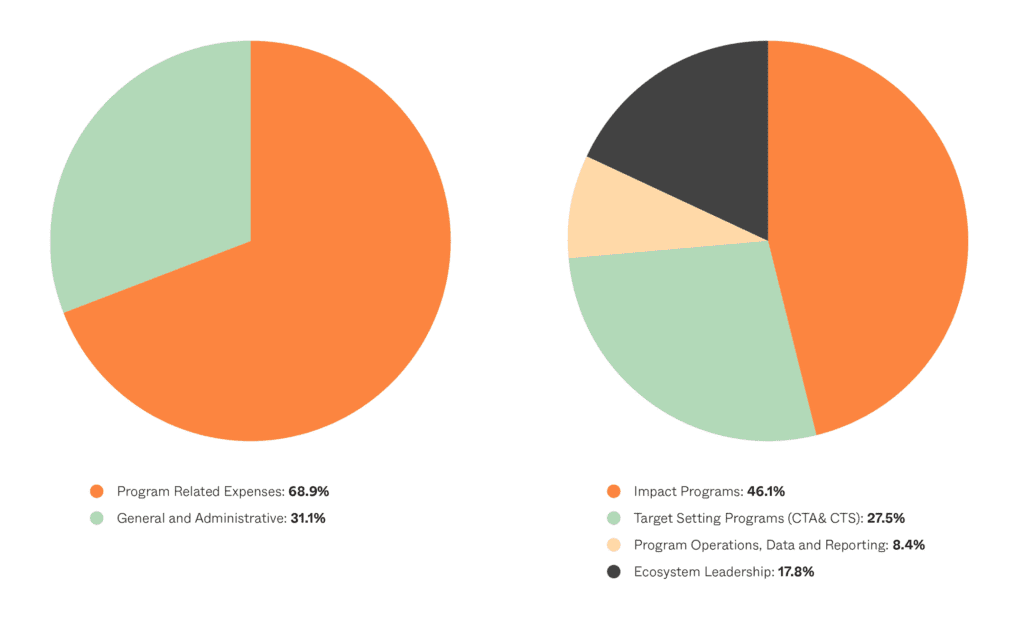
Within the organization, Aii’s management and major decisions are led by the executive team, composed of the President, Chief Impact Officer, Chief Financial Officer, and Chief of Staff.*
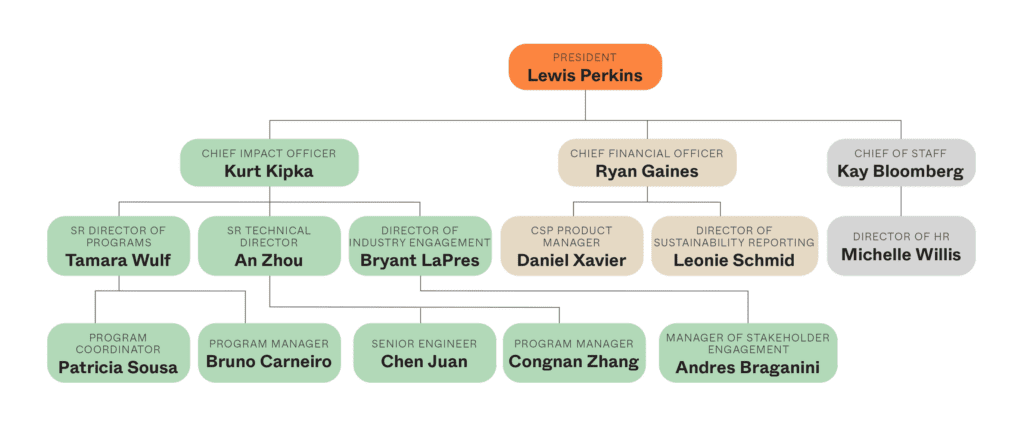
*Employees and job titles during the financial year 2022 until 31.12.2022
In 2022, Aii’s team represented almost an equal distribution of male and female employees.
Aii’s executive team is composed of 4 people — 75% identifying as male and 25% as female.

Aii is governed by its Board of Directors, whose role includes:
Aii Board Members serve a two-year term and attend quarterly Board Meetings. The Board has two established committees: Audit and Finance.
As of February 2023, we have welcomed Claire Bergkamp, CEO at Textile Exchange, as the newest member of our Board of Directors
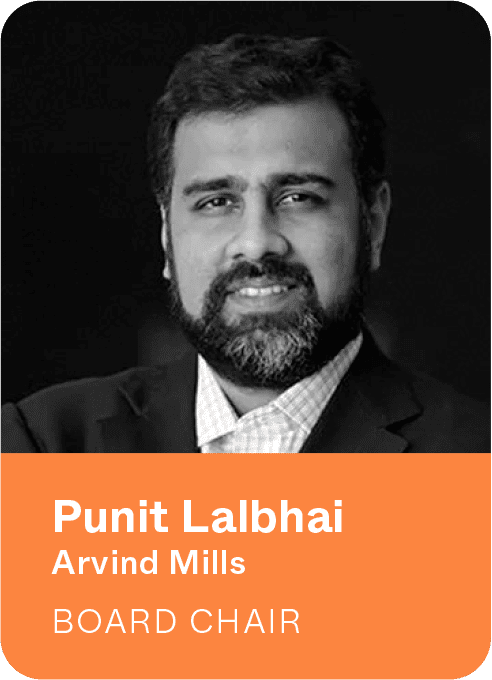
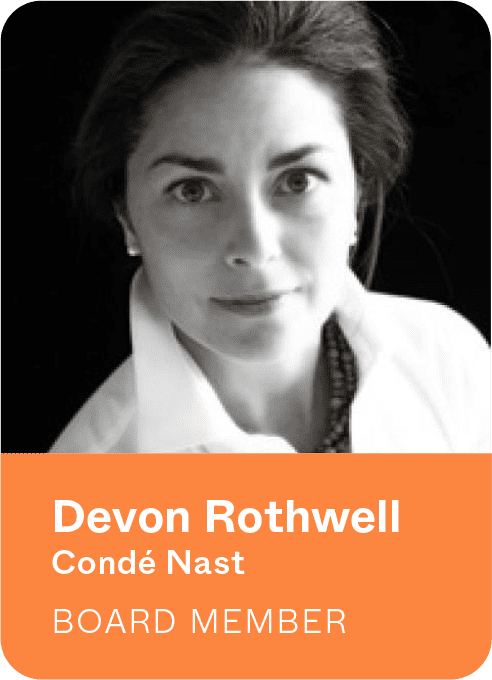

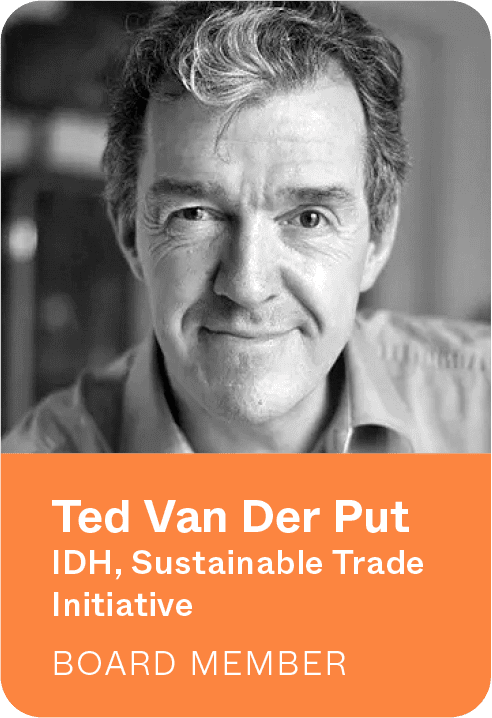
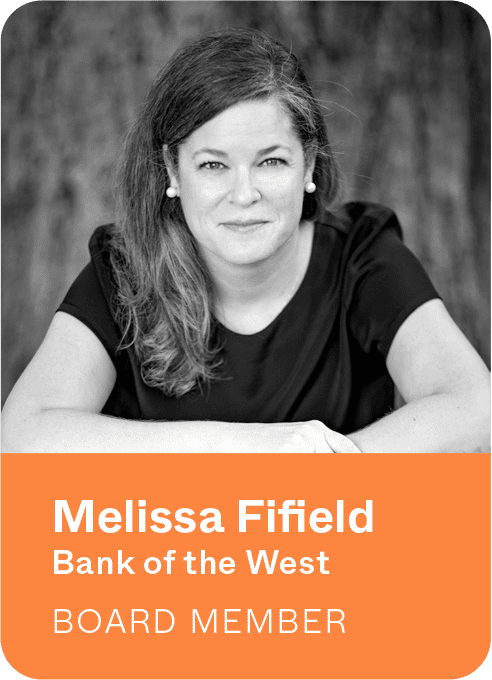

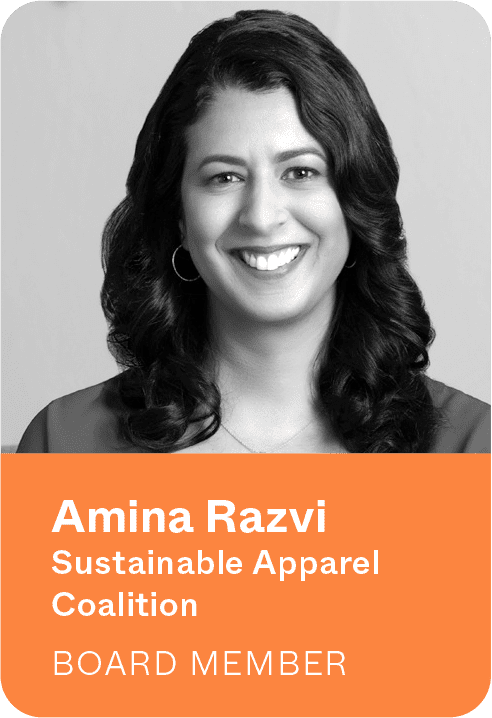
The CSP Advisory Council is a multi-stakeholder group focused on determining which solutions, from a programmatic impact perspective, should be included in the Climate Solutions Portfolio.
This advisory group is named by the Aii Board of Directors for the purpose of vetting programs for funding.
The role of the Council includes:
In 2023 we will fill an open position on the Council for a supply chain representative.
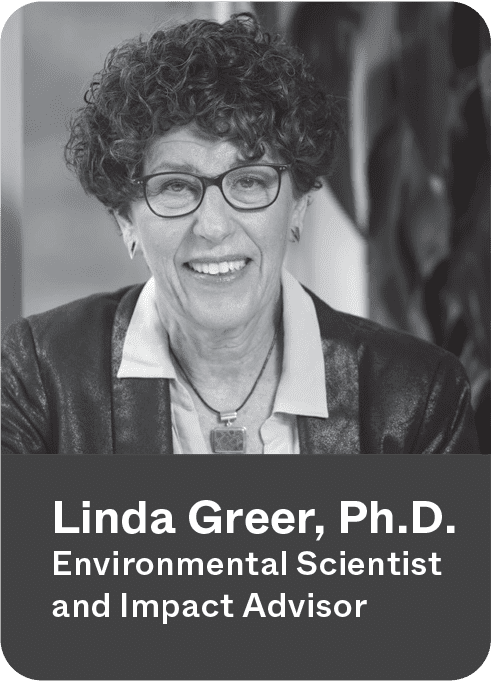
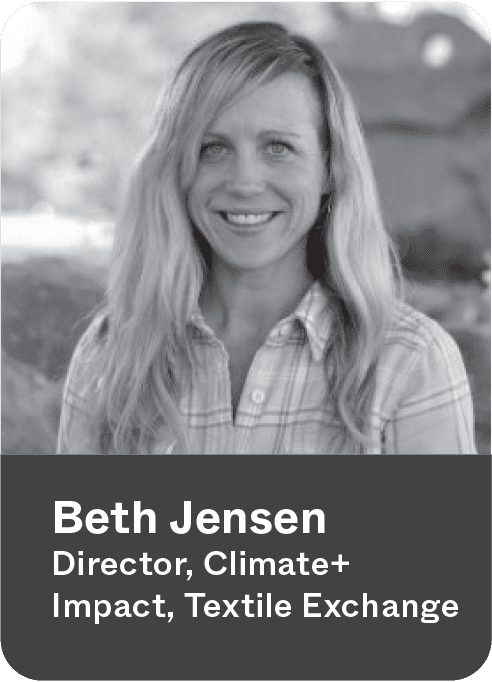



The Apparel Impact Roundtable (AIR) is a strategic advisory body consisting of brands, retailers, and manufacturers responsible for driving the strategic scale and implementation of sponsored initiatives.
The Apparel Impact Roundtable is composed of the industry partners contributing to the Fashion Climate Fund along with additional strategic industry partners. Their primary responsibility is to review and provide feedback on the recommended docket of the fund.
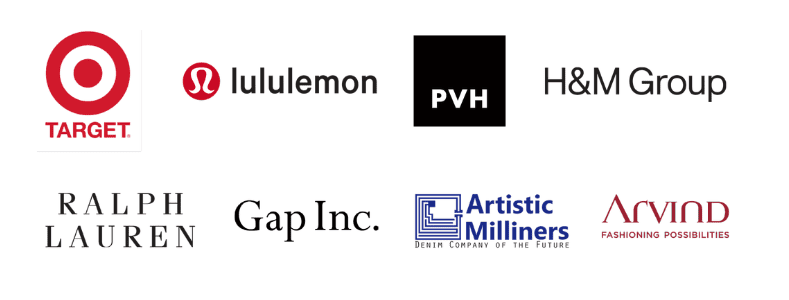
Non-profit organizations with expertise and knowledge of the apparel, footwear, and textile industry or adjacent sectors collaborating with and providing guidance and insights to Aii.
Fashion for Good
Solidaridad
Textile Exchange
Organizations committing at least $10M to the $250M Fashion Climate Fund.
H&M Foundation
H&M Group
lululemon
PVH Foundation
The Schmidt Family Foundation
Target
Organizations with expertise and knowledge on issues relevant to the apparel, footwear, and textile sector collaborating with and providing guidance to Aii.
Accelerate Circularity
Fashion Conveners
Fashion Pact
Global Fashion Agenda
Mill Improvement Alliance
Natural Resources Defense Council (NRDC)
Pakistan Environment Trust
Race to the Top
Sustainable Apparel Coalition (SAC)
The Industry We Want (TIWW)
United Nations Fashion Industry Charter for Climate Action (UNFCCC)
Value Change Initiative
World Resources Institute (WRI)
World Wildlife Fund (WWF)
ZDHC Foundation
Apparel, footwear, or textile manufacturing companies who provide funding to Aii to achieve environmental improvement programs and impact reductions.
Artistic Milliners
Arvind Mills
Membership based organizations who collaborate with Aii to offer their membership environmental impact reduction programs.
European Outdoor Group
Outdoor Industry Association
Organizations who provide funding to Aii to advance our mission for the apparel, footwear, and textile sector.
Bank Of The West
Chaiken Foundation
Deutsche Gesellschaft für Internationale Zusammenarbeit (GIZ)
Fair Wear Foundation
HSBC
IDH
Roy A. Hunt Foundation
Sustainable Apparel Coalition
Apparel, footwear, or retail companies who nominate, sponsor, or provide funding to Aii to drive facility level environmental improvement programs and impact reductions.
Abercrombie & Fitch
Amazon
Amer Sports
American Eagle
Arc’teryx
ASICS
ASOS
Burberry
Burton
C&A
Columbia
Decathlon
Eileen Fisher
Farfetch
Fast Retailing
Fila
Fjällräven
Gap
Haglofs
HellyHansen
Icebug
JCPenney
J. Crew
Kering
Levi Strauss
LL Bean
Marks & Spencer
Nemo
New Balance
Nike
Otto Group
Primark
Puma
Ralph Lauren
REI
REWE
Shein
Stella McCartney
Tchibo
The Reformation
Under Armour
Vaude
Vera Bradley
VF Corp
Victoria’s Secret
W.L. Gore
Solution providers with specialist knowledge in countries that implement Aii’s programs.
Act Renewable
Albini Energia
Allotrope Partners
Cascade Energy
cKinetics
Clean Energy Investment Accelerator (CEIA)
Crest China
Elevate
Enerteam
Espire Consult
Green Energy Associates
Hongyu
ICF Consulting
IDH
IEM
Legambiente
National Renewable Energy Laboratory (NREL)
NimkarTek
Pozzi Leopoldo Srl
Ren Energy
RESET Carbon
BluWin Ltd. (Sustainable Textile Solutions)
The Bhive
Vietnam Cleaner Production Center
Yujin Energy Technology
ZDHC Implementation HUB
* Industry & Funding Partners include organizations that previously contributed and/or currently contribute funding to Aii.
** Partners include organizations that previously contributed and/or currently contribute funding to Aii.
*** Implementation Partners include current or past partners that have supported Aii’s programs implementation.
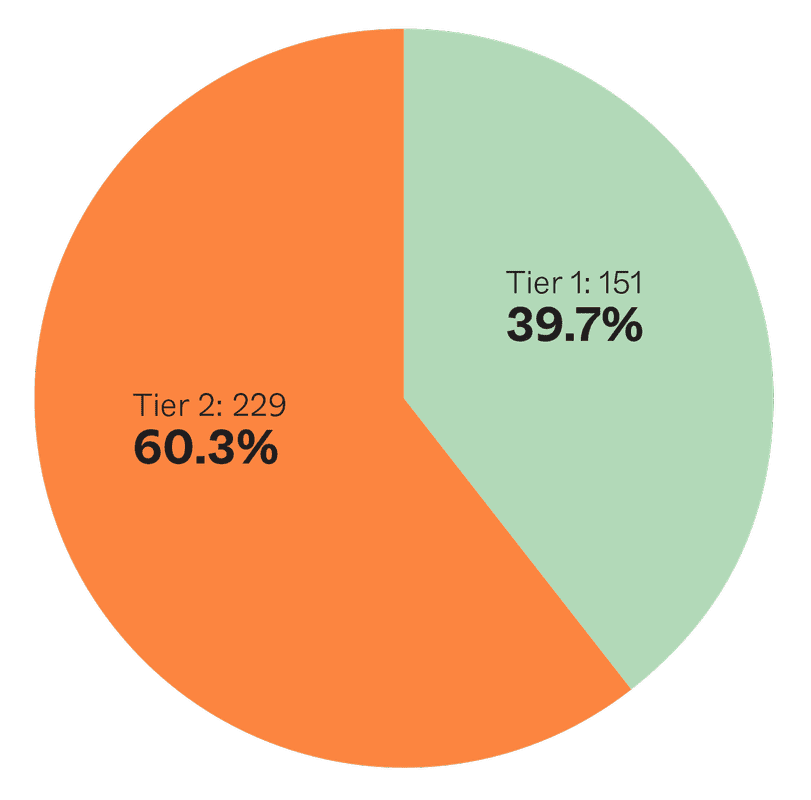

* Aii’s definition of tiers can be found at the end of the report.
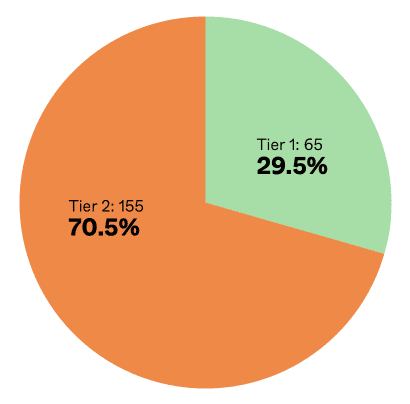
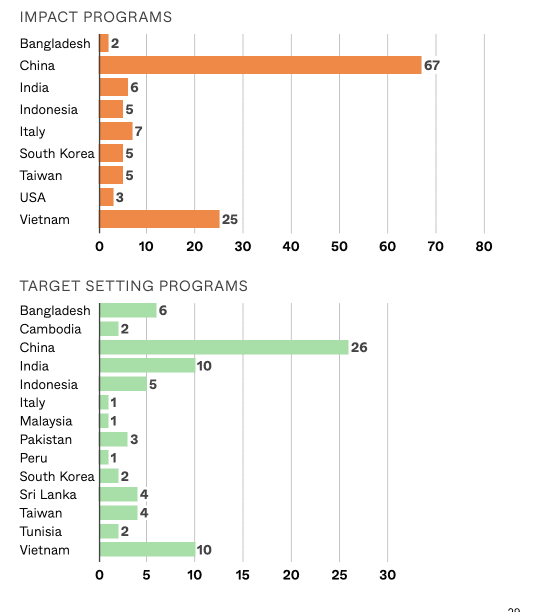
* Aii’s definition of tiers can be found at the end of the report.